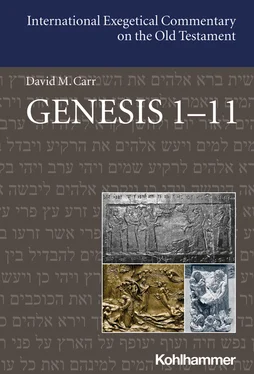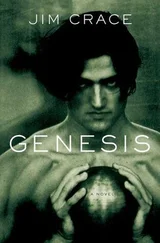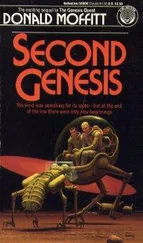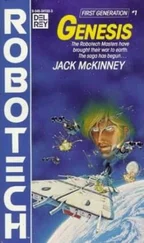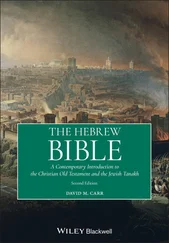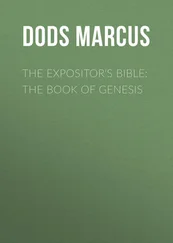Genesis 9:18–29: The Conclusion of the Noah Account—Noah and His Sons
Notes on Text and Translation
Diachronic Prologue
Genesis 9:18–27 as Pre-Priestly
Ancient Near Eastern Precursors
Literary Stratification: The Addition of Ham (Gen 9:18, 22) and the Spread of Noah’s Family (Gen 9:19)
Synchronic Analysis
Commentary
Concluding Overview of the Non-P Narrative of Noah and his Sons
Synthesis
Genesis 10:1–32: Post-Flood Peoples Descending from Noah’s Sons
Notes on Text and Translation
Introduction and Diachronic Prologue
Synchronic Analysis
Commentary on Pre-P Elements Embedded in Gen 10
Genesis 10:8(b)–12: A Non-Priestly Etiology of Mesopotamian cities and Kingship associated with Nimrod
Genesis 10:15 and 21: An Early Sequel to the Story of Noah and His Sons
Genesis 10:13–14: Egypt’s Fathering of Peoples
Genesis 10:16–19: An Expansion of the Report of Canaan’s Fathering
Conclusions on the Non-P Overview of Noah’s Offspring
Commentary on the P/Verbless Framework of Gen 10
Conclusions on P’s Treatment of the Descendants of Noah’s Sons
Comments on the Present (Conflated P/non-P) Overview of Noah’s Post-Flood Descendants
Synthesis
Genesis 11:1–9: Divine Prevention of Human Collective Power through Linguistic Confusion and the Scattering of Humans
Notes on Text and Translation
Introduction and Diachronic Prologue
Synchronic Analysis
Overview
Commentary
Conclusion to the Synchronic Reading of the Present Text
Diachronic Analysis
Proposed Literary Strata Inside Gen 11:1–9
Non-Biblical Precursors to Gen 11:1–9
Genesis 11:1–9 as part of the Pre-Priestly Primeval History
Synthesis
Genesis 11:10–26: The Genealogical Line from Shem to Abraham
Notes on Text and Translation
Diachronic Prologue
Synchronic Analysis
Synthesis
Selective Bibliography
Indexes
Index of Hebrew Words
Index of Key Words
Index of Biblical Citations
Genesis
Exodus
Leviticus
Numbers
Deuteronomy
Judges
Ruth
2 Samuel
1 Kings
1 Chronicles
4 Maccabees
Job
Psalms
Wisdom
Sirach
Isaiah
Ezekiel
Amos
Micah
Romans
1 Corinthians
1 Timothy
Hebrews
1 John
Revelation
Index of Other Ancient Literature
Plan of volumes
The International Exegetical Commentary on the Old Testament (IECOT) offers a multi-perspectival interpretation of the books of the Old Testament to a broad, international audience of scholars, laypeople and pastors. Biblical commentaries too often reflect the fragmented character of contemporary biblical scholarship, where different geographical or methodological sub-groups of scholars pursue specific methodologies and/or theories with little engagement of alternative approaches. This series, published in English and German editions, brings together editors and authors from North America, Europe, and Israel with multiple exegetical perspectives.
From the outset the goal has been to publish a series that was “international, ecumenical and contemporary.” The international character is reflected in the composition of an editorial board with members from six countries and commentators representing a yet broader diversity of scholarly contexts.
The ecumenical dimension is reflected in at least two ways. First, both the editorial board and the list of authors includes scholars with a variety of religious perspectives, both Christian and Jewish. Second, the commentary series not only includes volumes on books in the Jewish Tanach/Protestant Old Testament, but also other books recognized as canonical parts of the Old Testament by diverse Christian confessions (thus including the Deuterocanonical Old Testament books).
When it comes to “contemporary,” one central distinguishing feature of this series is its attempt to bring together two broad families of perspectives in analysis of biblical books, perspectives often described as “synchronic” and “diachronic” and all too often understood as incompatible with each other. Historically, diachronic studies arose in Europe, while some of the better known early synchronic studies originated in North America and Israel. Nevertheless, historical studies have continued to be pursued around the world, and focused synchronic work has been done in an ever greater variety of settings. Building on these developments, we aim in this series to bring synchronic and diachronic methods into closer alignment, allowing these approaches to work in a complementary and mutually-informative rather than antagonistic manner.
Since these terms are used in varying ways within biblical studies, it makes sense to specify how they are understood in this series. Within IECOT we understand “synchronic” to embrace a variety of types of study of a biblical text in one given stage of its development , particularly its final stage(s) of development in existing manuscripts. “Synchronic” studies embrace non-historical narratological, reader-response and other approaches along with historically-informed exegesis of a particular stage of a biblical text. In contrast, we understand “diachronic” to embrace the full variety of modes of study of a biblical text over time.
This diachronic analysis may include use of manuscript evidence (where available) to identify documented pre-stages of a biblical text, judicious use of clues within the biblical text to reconstruct its formation over time, and also an examination of the ways in which a biblical text may be in dialogue with earlier biblical (and non-biblical) motifs, traditions, themes, etc. In other words, diachronic study focuses on what might be termed a “depth dimension” of a given text – how a text (and its parts) has journeyed over time up to its present form, making the text part of a broader history of traditions, motifs and/or prior compositions. Synchronic analysis focuses on a particular moment (or moments) of that journey, with a particular focus on the final, canonized form (or forms) of the text. Together they represent, in our view, complementary ways of building a textual interpretation.
Of course, each biblical book is different, and each author or team of authors has different ideas of how to incorporate these perspectives into the commentary. The authors will present their ideas in the introduction to each volume. In addition, each author or team of authors will highlight specific contemporary methodological and hermeneutical perspectives – e.g. gender-critical, liberation-theological, reception-historical, social-historical – appropriate to their own strengths and to the biblical book being interpreted. The result, we hope and expect, will be a series of volumes that display a range of ways that various methodologies and discourses can be integrated into the interpretation of the diverse books of the Old Testament.
Fall 2012 The Editors
Preface and Acknowledgements
The following commentary is a guided tour of some of the most interesting and discussed chapters of the Bible. Much like a tour guide informs his group about particular features of an often-visited city, this guide to Gen 1–11 discusses aspects of the biblical text that I know the most about and find particularly fascinating. In this case, many other such commentary/tours of Gen 1–11 have been and will be done, and this tour makes no pretense to cover the text comprehensively. 1Instead, in agreement with the focus of the overall series, I focus on ways that the Bible might be illuminated through a combination of close reading and attention to the original literary contexts of the texts under discussion. In addition, I have tried to bring together diverse worlds and forms of biblical criticism together in this commentary. I attend in the historical exegesis portions to a mix of international perspectives on the philology and formation of the texts discussed, and I include at least some pointers (in the Synthesis) to how such discussions might interact with non-historical approaches to the biblical text.
Читать дальше
